|
Perhaps you were a comics fan when you were a kid and haven't read them in a while. Things have probably changed a bit since then. Or maybe you'd like to use them in the classroom with your students but feel like you don't have a great background in reading them. The following list should help get you started on the road to becoming an expert on the hottest and most exciting genre on the market! The Mysterious Underground Men (1948), by Osamu Tezuka
A Contract with God (1978), by Will Eisner
Maus (1986), by Art Spiegelman
The Dark Knight Returns (1986), by Frank Miller
Watchmen (1986), by Alan Moore and Dave Gibbons
Finder (1996-present), by Carla Speed McNeil
Transmetropolitan, Volume 1 (1997), by Warren Ellis and Darcik Robertson
Persepolis (2004), by Marjane Satrapi
Building Stories (2012), by Chris Ware
Boxers & Saints (2013), by Gene Luen Yang
0 Comments
Your comment will be posted after it is approved.
Leave a Reply. |
Glen DowneyDr. Glen Downey is an award-winning children's author, educator, and academic from Oakville, Ontario. He works as a children's writer for Rubicon Publishing, a reviewer for PW Comics World, an editor for the Sequart Organization, and serves as the Chair of English and Drama at The York School in Toronto. If you've found this site useful and would like to donate to Comics in Education, we'd really appreciate the support!
Archives
February 2019
|
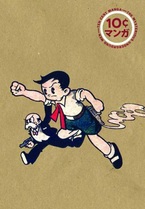

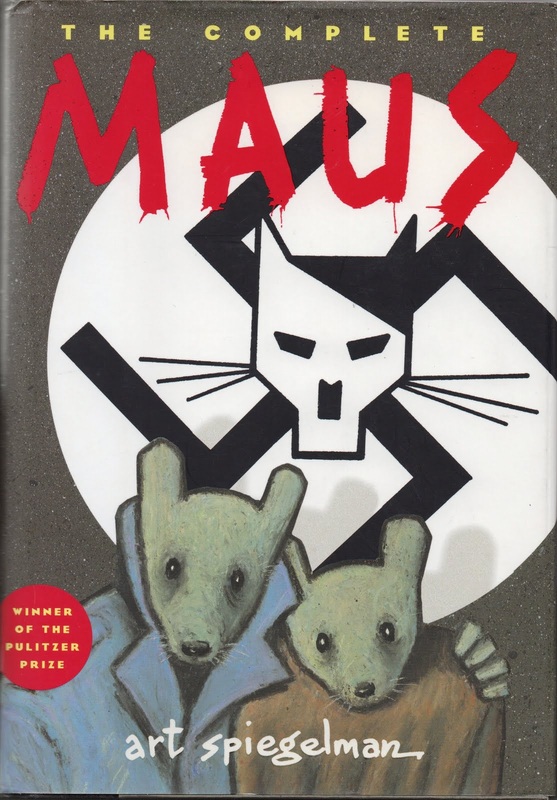
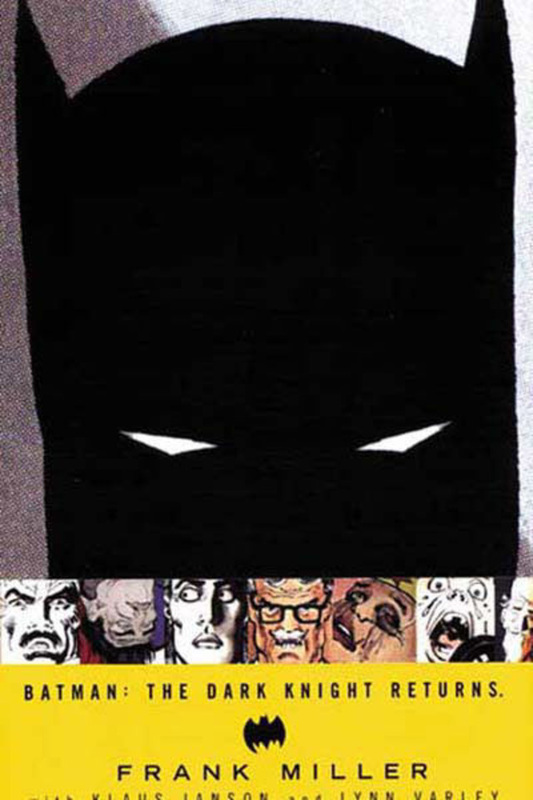
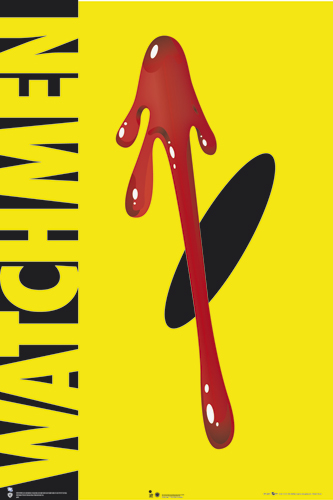
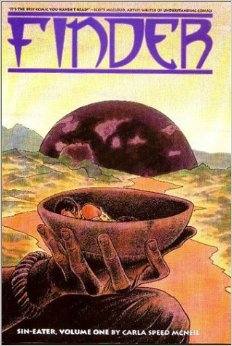
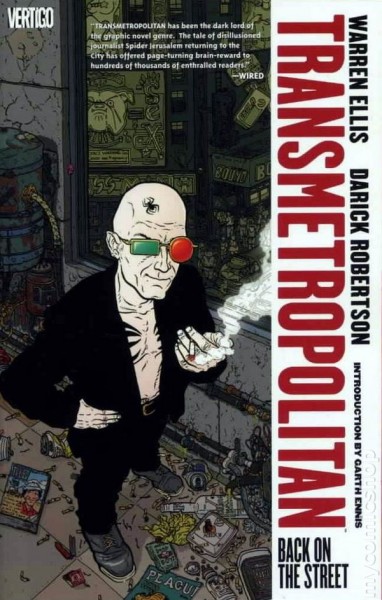
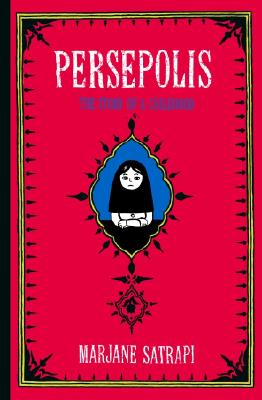
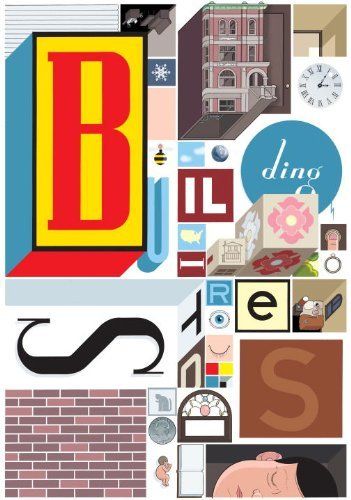
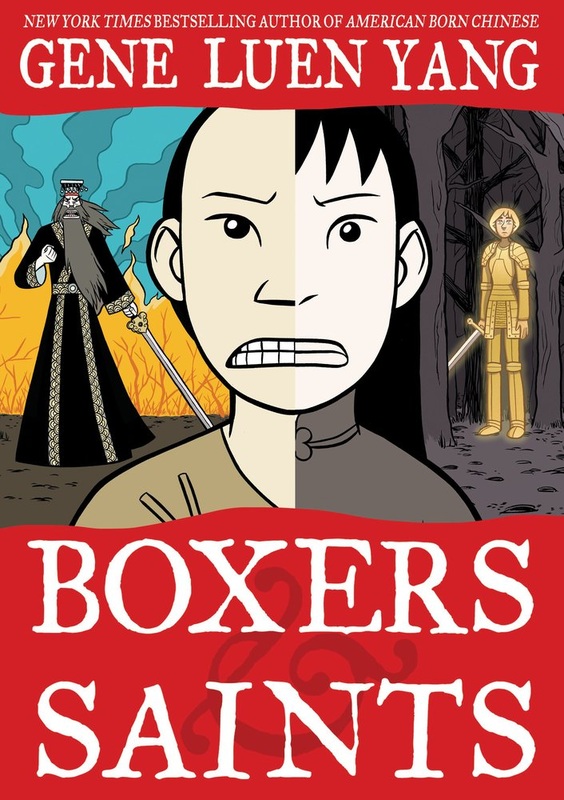

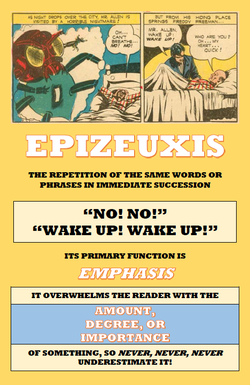
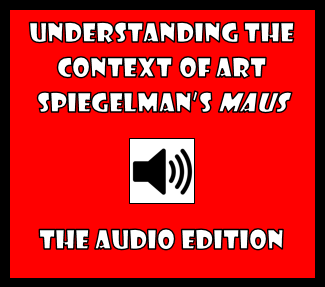
 RSS Feed
RSS Feed
